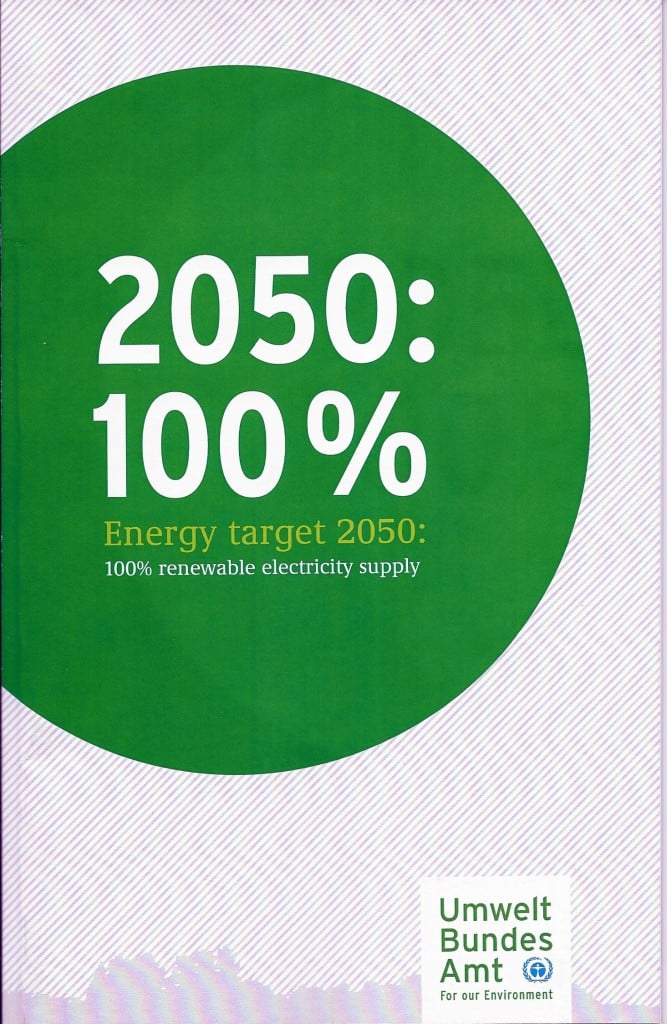 I had the opportunity to go to a real stimulating talk the other day. Jochen Flasbarth, the President of the Federal Environment Agency of Germany, had just been to the big do at the NY Times, the “Energy for Tomorrow” conference. Flasbarth was on a panel, moderated by Tom Friedman, with worthies such as Carol Browner; Steve Nadel, head of the American Council for an Energy-Efficient Economy; and Jim Rogers, CEO of Duke Energy. (You can see the panel’s discussion on energy independence at the conference website.)
I had the opportunity to go to a real stimulating talk the other day. Jochen Flasbarth, the President of the Federal Environment Agency of Germany, had just been to the big do at the NY Times, the “Energy for Tomorrow” conference. Flasbarth was on a panel, moderated by Tom Friedman, with worthies such as Carol Browner; Steve Nadel, head of the American Council for an Energy-Efficient Economy; and Jim Rogers, CEO of Duke Energy. (You can see the panel’s discussion on energy independence at the conference website.)
Our event was much smaller and more intimate – a salon as it was called. The discussion was hosted by The World Policy Institute and the Heinrich Böll Foundation. The Böll Foundation folks have been doing pathbreaking work for years on renewable energy and other clean tech.
Flasbarth talked about how the German people’s antipathy toward nuclear power, which predated the Fukushima catastrophe, along with a lucid recognition of the dangers of climate change, had made the German government, along with industry, science, and the non-profit communities really focus on how to transition to a nuke-free, carbon-free future. This would be, in essence, a technology-driven energy economy.
He talked about how the government is now aiming toward a 100% renewable electricity supply by 2050. The press release on this from the agency (from almost two years ago now) quotes Flasbarth as saying that “The results of the study demonstrate that electricity supply can be generated completely from renewable energies by 2050 and that secure supply can be guaranteed at all times.”
Feasible? It’s already well in train. In fact, solar PV penetration into the German electric markets is already lowering the price for wholesale electric power at the hours of peak demand by 40% from only very recently. This recent item from Renew Economy lays out how this is being accomplished. I asked President Flasbarth to comment on this and he confirmed that this was indeed the case. Prices during peak demand hours, as you know, have traditionally been way above the average for the rest of the day. Solar PV is standing this paradigm on its head. You have high demand on hot sunny days – largely because of air conditioning. But, you are also going to have the highest boost from PV during that same time under those same conditions. Ergo, with sufficient PV capacity installed, you are going to be able to supply more-than-enough peak power to offset demand and lower prices.
And, my dear friends, the Europeans have been installing PV at astonishing rates. See this graphic showing new installed (and decommissioned) capacity in Europe in 2011. (See the full report for 2011 from the EWEA here.)
Asked about public support in Germany for the phasing out of nuclear power and the transition to 100% renewables, Flasbarth confirmed it was very enthusiastic. For one thing, there is a robust renewable energy industry in Germany which supports nearly 400,000 jobs. That’s a winning argument. For more, see this paper from the Heinrich Böll Foundation: Myths and Facts: The German Switch from Nuclear to Renewables.
I, for one, am chortling in my joy!